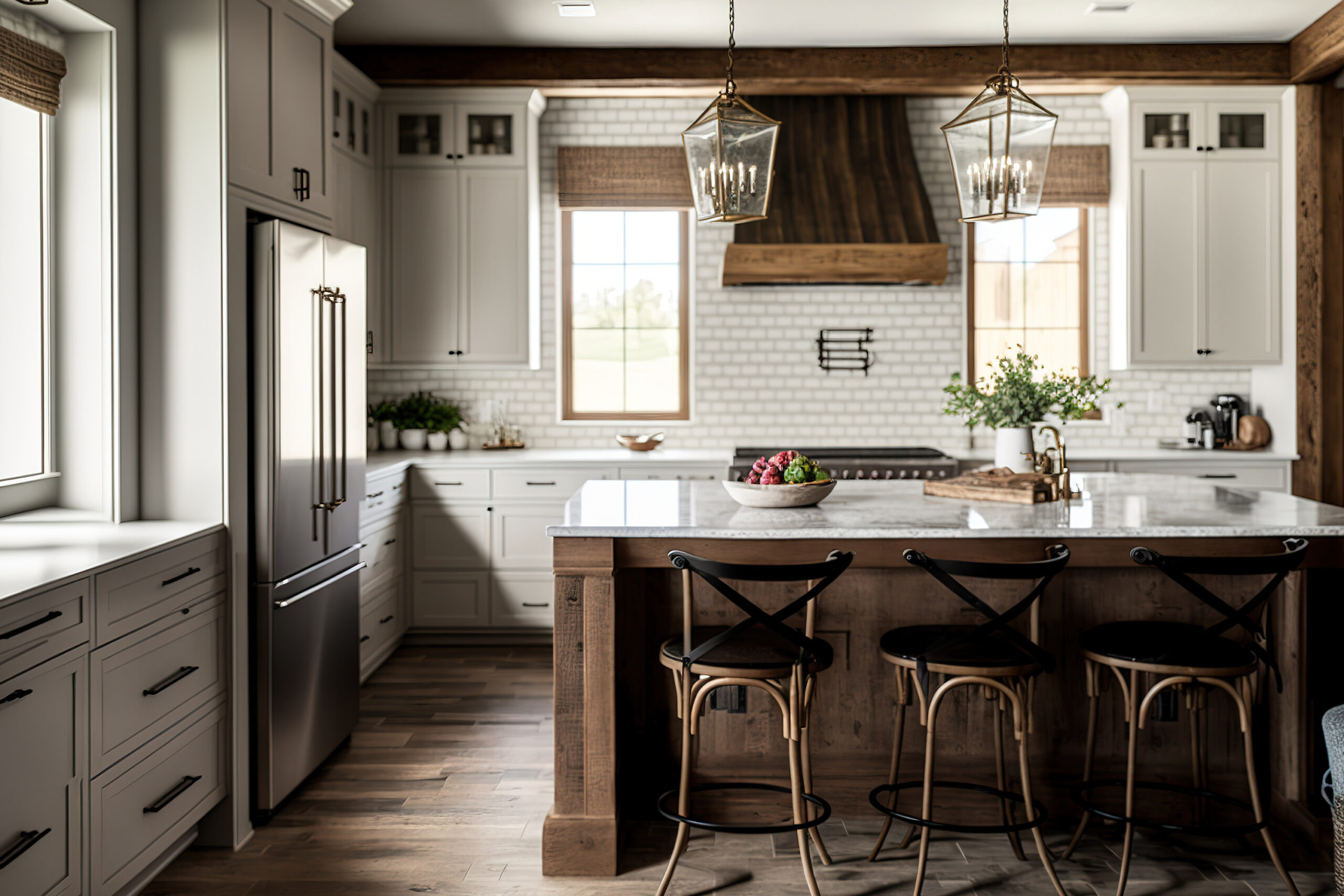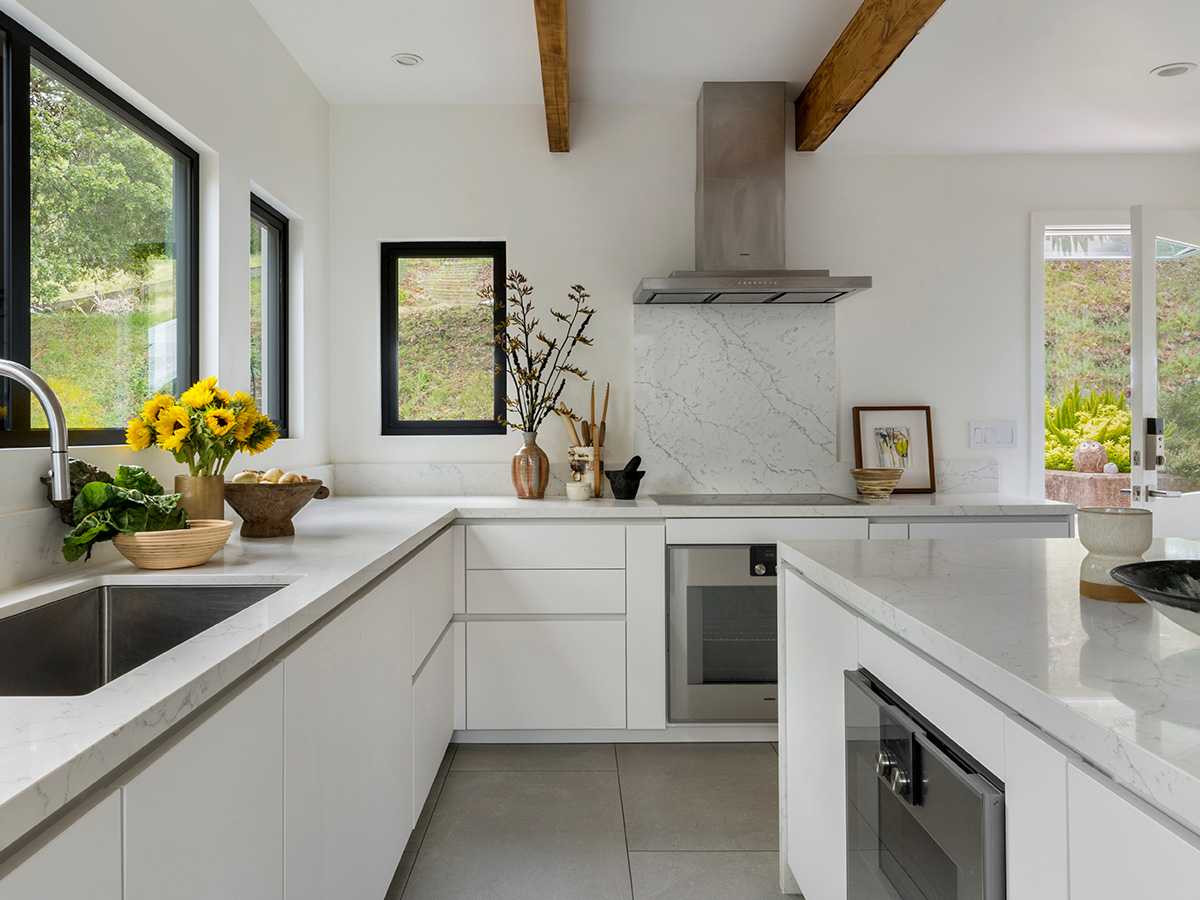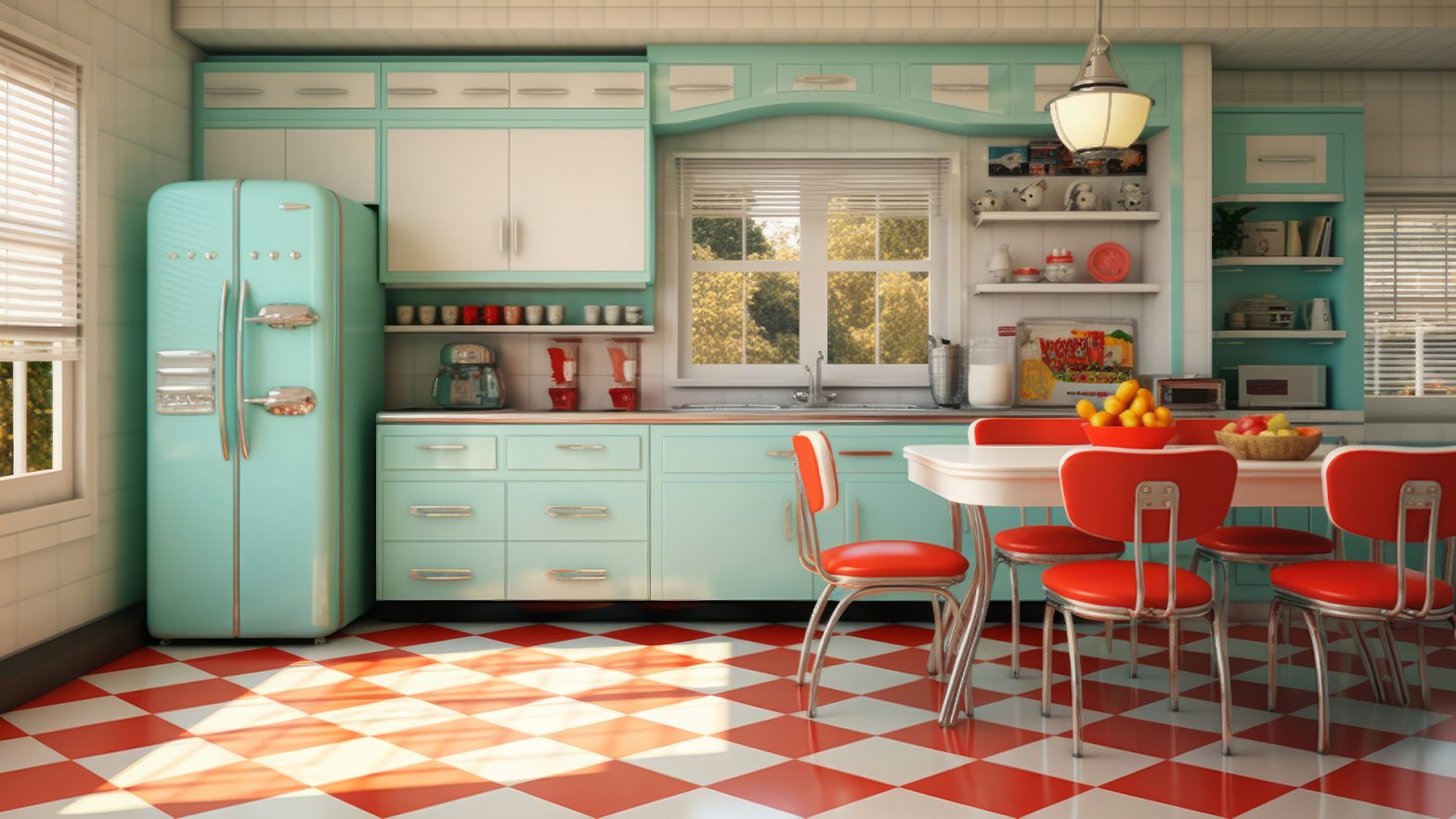Your kitchen backsplash is an important design element that can tie your kitchen together and make it feel complete. But with so many backsplash options available, how do you know which one is right for your space? Here are some tips for choosing the perfect kitchen backsplash that fits your style, budget, and needs.
Consider Your Kitchen Style
When choosing a backsplash, start by considering the overall style and vibe of your kitchen. Is your space modern and sleek? Traditional or farmhouse-inspired? Once you identify your kitchen's style, it will be easier to select a backsplash material and design that harmonizes with the existing cabinets, countertops, and fixtures.

For example, a glass tile backsplash would look gorgeous in a modern kitchen with stainless steel appliances and stone countertops. Meanwhile, architectural accent tiles or a classic subway tile pattern fit well in a traditional shaker-style space. A rustic wood, stone, or multicolored ceramic tile backsplash complements country kitchens with wood cabinets. Maintaining stylistic cohesion is key for a coordinated look.
Read more: Interior Design Trends to Try This Fall: Transform Your Home for the Season
Check Your Budget
Backsplash materials span a wide price range, from a few dollars per square foot up to hundreds. Establish a budget before shopping so you can focus on options you can realistically afford. Here's a rough guide to common backsplash costs per square foot installed:
- Ceramic tile: $3-10
- Glass tile: $8-15
- Natural stone: $10-60+ (slate, marble, quartzite)
- Peel-and-stick tiles: $3-8
- Glass or metal backsplash panel: $30-50
Premium materials like slab marble or granite will necessitate a larger budget. But there are also many beautiful, affordable choices like ceramic subway tile for a classic tile look on a budget. Choosing a material within your price point ensures you don't take on an expensive project you can't complete.
Measure Your Space
Proper measurement is critical for accurate pricing and to avoid running short of materials. Measure the total wall space that requires a backsplash and note any protruding obstacles like outlets or range hoods. Be sure to measure around cabinets if planning to tile up to or behind them. Account for grout lines in your material quantity calculations.
:max_bytes(150000):strip_icc()/DesignbyNatalieKraiemPhotobyKirstenFrancis-c8c60d48cd3541a9bdb756a933aa3780.jpg)
Take photos of your measurements to share with retailers for recommendations. Some specialty cuts like 45-degree mitered edges and bullnose corners require ordering extra material. Having precise measurements prevents unpleasant surprises and budget overruns down the road.
Consider Practical Factors
In addition to looks, consider how the backsplash will hold up over time given your home and lifestyle. Think about:
-
Water resistance - Ceramics or stone is best for high-moisture areas around sinks and ranges. Glass can be damaged by moisture.
-
Scratch resistance - Glass and polished stones like marble are softer and prone to scratches from pots and pans. Porcelain tile is very durable.
-
Temperature tolerance - Materials like granite and marble are heat-sensitive and may crack near cooktops. Tile is safer.
-
Ease of cleaning - Porous natural stone can harbor bacteria if not sealed and cleaned properly. Non-porous surfaces like glass make cleaning a breeze.
-
DIY friendliness - Thin tile is easier for beginners to install versus heavier stone slabs. Consider your skill level.
Picking a hardwearing, low-maintenance material prevents future problems and protects your investment. Function dictates form in the kitchen.
Try Out Patterns and Colors
Lay out sample tiles, stone pieces, or photos of different patterns and colors on your kitchen backsplash area before committing. Some patterns like large format tiles require intricate cuts while smaller mosaic tiles forgive imperfections. Busier patterns can make a small space feel cramped versus simpler designs.
As for colors, match or complement your existing cabinets, countertops, and fixtures. Neutral tones like white, grey, and beige are highly versatile but won't hold visual interest for as long. Consider incorporating accent colors that pop without being too vibrant for a cooking environment. Seeing design options on your wall helps imagine the final look.
Read more: Halloween Home Decor on a Scare-ingly Small Budget
Get Professional Help
Meeting with a designer, remodeler, or tile shop consultant is worthwhile for advice on the best backsplash for your unique kitchen. Professionals have seen many different applications and can steer you toward options tailored to your specific space, needs, and lifestyle. They also provide estimates to help determine a realistic budget.

Designers can create 3D renderings to preview different backsplash possibilities virtually before you commit. Installers know more complex backsplash jobs may require waterproof membrane, tile backer board, and special tools. Their expertise saves you from costly mistakes or oversights that damage materials during DIY projects. Consider hiring a pro for tricky installations like large-format tile, glass, or cut stone.
Maintenance Tips After Installation
Once installed, maintain your new backsplash for lasting beauty and performance:
-
Seal polished stone and grout regularly to prevent staining and make cleaning easier. Reapply every 2-3 years.
-
Wipe down tiles and stones daily with a damp microfiber cloth to prevent food, grease, and soap scum buildup.
-
For dried, stuck-on messes, spray with cleaner and let sit for 5 minutes before scrubbing. Avoid abrasives.
-
Mineral deposits from hard water may appear as a white film over time. Remove with vinegar or a minerals deposit remover.
-
Inspect grout lines annually for cracks or discoloration and re-grout as needed to prevent moisture damage.
With careful consideration of style, budget, function, and maintenance needs, you're sure to find the perfect backsplash for your space. Follow these steps for a kitchen design element you'll love for years to come.
Read more: Top Picks: 5 Flattering Lighting Options to Warm Your Home This Fall




